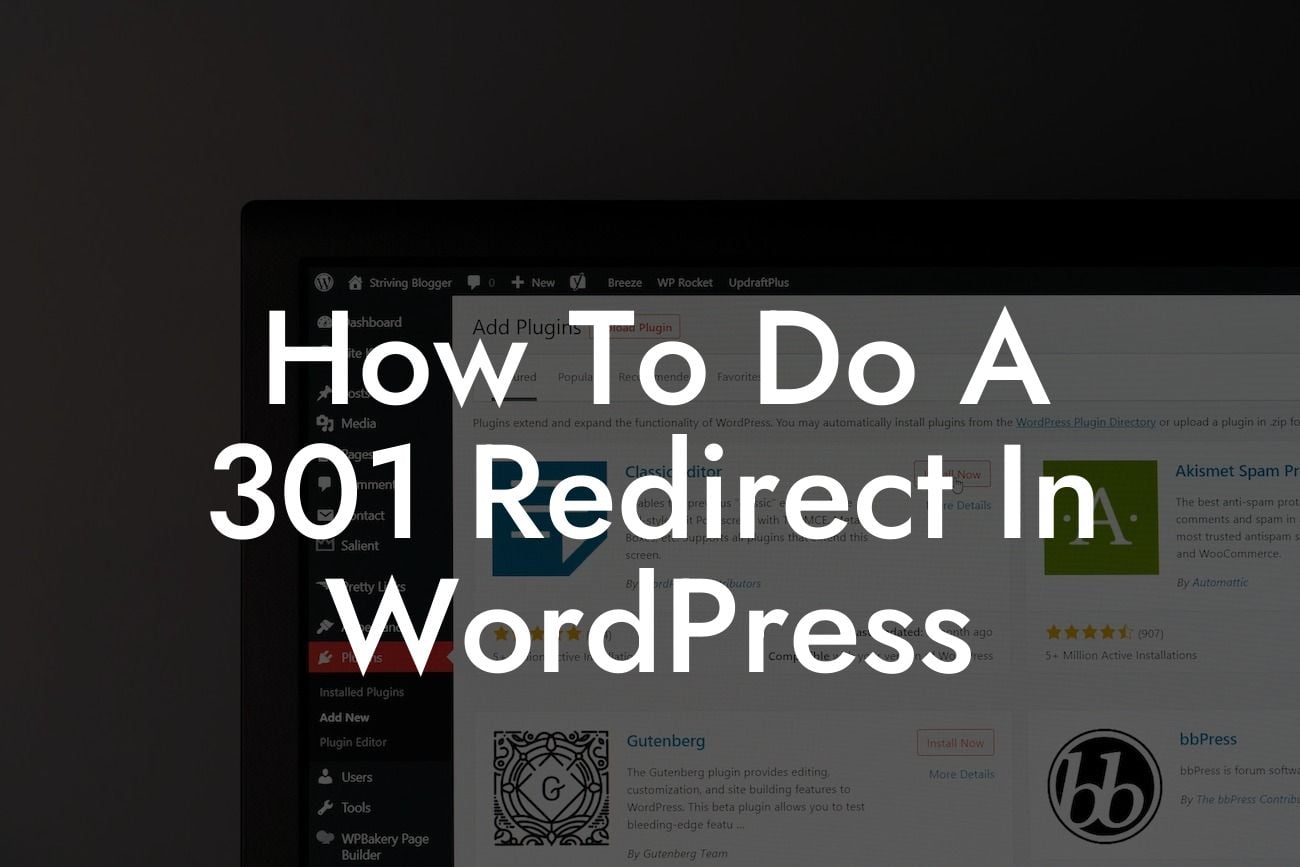Redirecting your website can be a daunting task, but it is a crucial step in maintaining your online presence. Whether you are rebranding, updating URLs, or fixing broken links, a 301 redirect is the best way to ensure a smooth transition for your users and preserve your search engine rankings. In this guide, we will walk you through the process of implementing a 301 redirect in WordPress, ensuring a seamless transition for your website and avoiding any negative impact on your organic traffic.
Learn more about the steps to perform a successful 301 redirect in Wordpress:
1. Understand the Purpose:
Before diving into the technicalities, it's important to identify why you need a 301 redirect. Whether you are changing domains, restructuring your website, or removing outdated content, a 301 redirect will guide users and search engines to the new location. This permanent redirect ensures that traffic and link equity is transferred seamlessly.
2. Choose the Right Method:
Looking For a Custom QuickBook Integration?
In WordPress, there are several methods to perform a 301 redirect. You can utilize plugins like Redirection or Simple 301 Redirects for an easy and user-friendly approach. Alternatively, if you prefer a more manual method, you can modify the .htaccess file or use PHP redirects.
3. Setting Up Redirects:
Once you have chosen your preferred method, it's time to set up the redirects. In the Redirection plugin, simply add the old URL in the "Source URL" field and the new URL in the "Target URL" field. Save your changes, and the redirect will be active. For manual methods, follow the provided guidelines carefully to modify the necessary files.
4. Testing the Redirects:
After setting up the redirects, it's vital to test them thoroughly. Open your old URLs and ensure that they redirect to the new URLs correctly. Use tools like Redirect Checker or utilize your browser's developer tools to verify the redirect status and any potential errors.
How To Do A 301 Redirect In Wordpress Example:
Let's say you have a popular blog post with the URL "example.com/old-blog-post" that you want to redirect to "example.com/new-blog-post." By implementing a 301 redirect, you can seamlessly guide users from the old URL to the new one, preserving the traffic, backlinks, and search engine rankings attached to the old blog post.
Congratulations! You have successfully learned how to perform a 301 redirect in WordPress. Remember, a well-executed redirect is essential for providing a smooth and uninterrupted user experience while preserving your hard-earned SEO rankings. Explore other informative guides on DamnWoo to enhance your online presence further. Check out our range of awesome WordPress plugins and take your website to the next level. Don't forget to share this comprehensive guide with fellow small business owners and entrepreneurs.













